Can Xiaomi SU7 really challenge Tesla Model 3? The competition between Xiaomi SU7 and Tesla Model 3 is essentially a collision between the new forces‘ strategy of “high configuration and low price” and the traditional giants’ ‘technological precipitation’, with each focusing on its own product positioning, technological routes and market strategies.
Xiaomi SU7 starting price of 215,900 yuan, compared with the Model 3 entry model is about 20,000 yuan lower, and in the configuration is more advantageous. SU7 all standard seat ventilation / heating, HUD head-up display, 25 speakers Dolby audio and other comfort features, and Model 3 entry version even need to increase the price of optional seat ventilation.
SU7 provides free high-speed NOA and city NOA functions for the whole series, adopting the fusion perception solution of LIDAR + NVIDIA chip, with a hardware arithmetic power of 508 TOPS, while the basic version of Model 3 Autopilot functions stably, but the full body FSD needs to pay an extra 64,000 RMB, relying on pure vision solutions, with limited domestic landing functions, and the actual experience is limited by the regulations and map data.
Tesla, as a global EV leader, has a wide charging network coverage, a 60%-70% used car value retention rate, and sufficient market validation. And millet as a new entrant, after-sales network is still under construction, long-term reliability to be verified, but its ecological integration ability is its core advantage.
In April 2025, Model 3 monthly sales were 25,938 units, ranking first among sedans, while Xiaomi SU7 monthly sales were 28,000 units, both of which showed strong market competitiveness. In terms of user reputation, SU7’s acceleration performance, seat comfort and interior materials received high ratings. While Model 3’s handling performance and brand value are recognised, the practicality issues caused by the minimalist design have also sparked controversy.


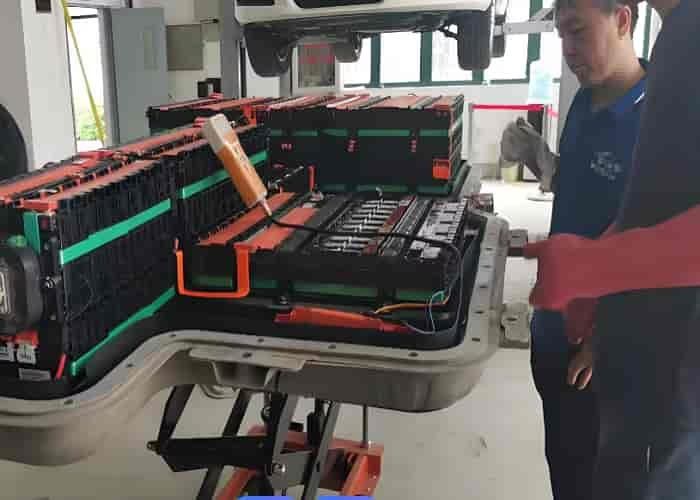

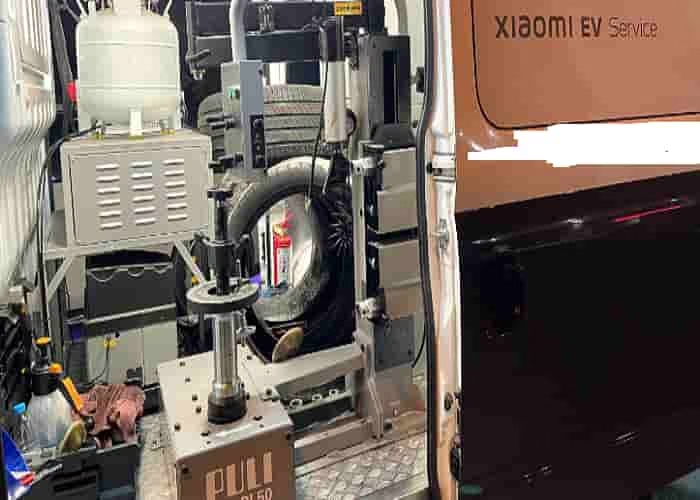
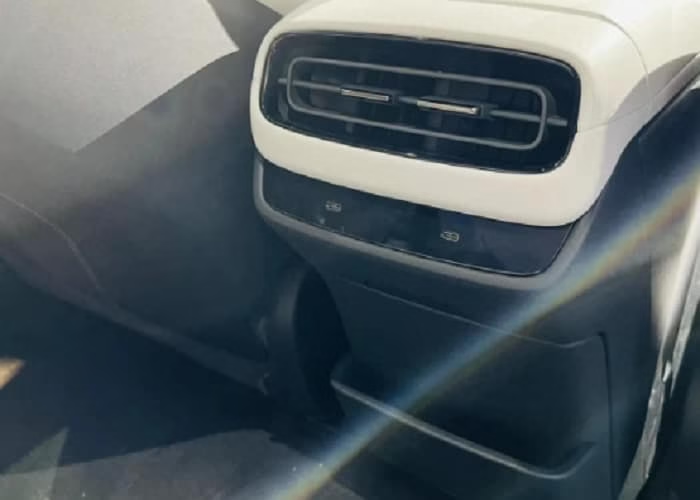



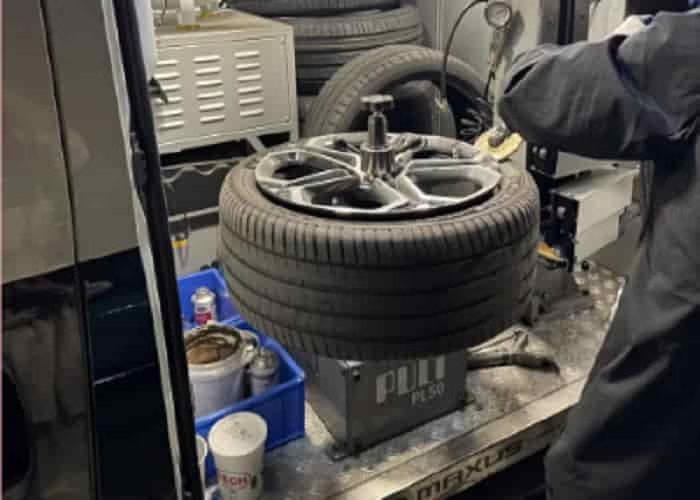
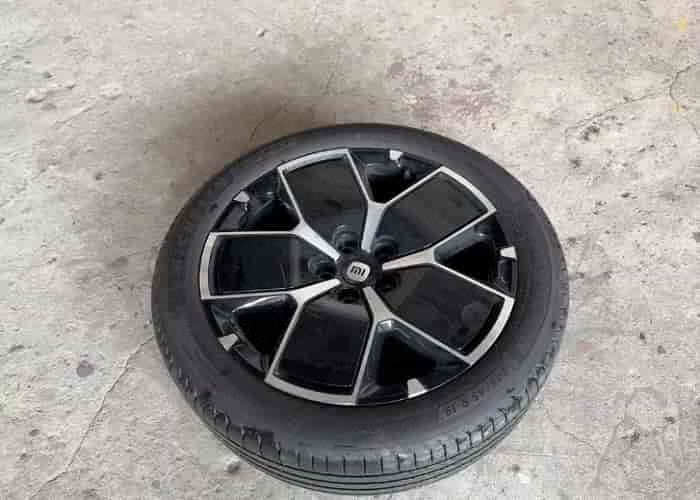
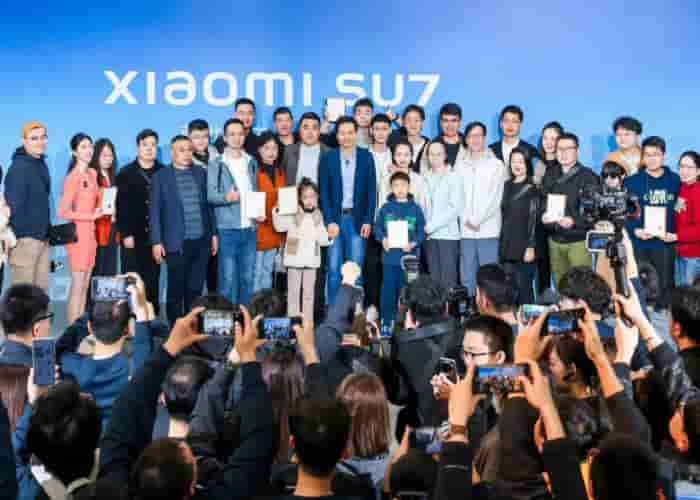



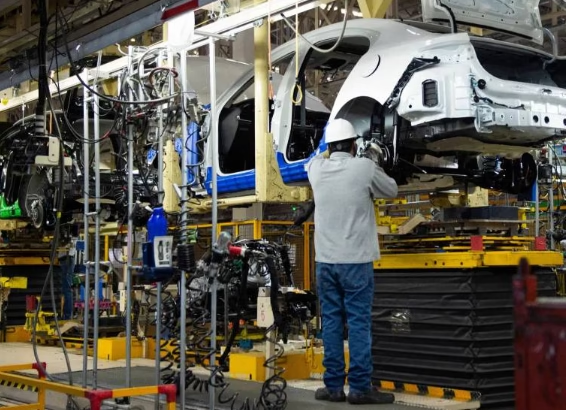
Leave a Reply